Teacher Portal
Watersheds
CELL Guide
CELL Guide
Watersheds

LabLearner’s 3-D Approach to Scientific Inquiry
Phase 1 – Defined Understanding
The defined boundaries of this phase provide a framework for engaging parents and identifying students’ current knowledge of the key topic(s) explored in this CELL.
Phase 2 – Dynamic Understanding
Change, activity, and progress characterize the dynamic phase. Its design will enable you to enhance students’ existing skills, interests, and understanding, as well as meaningfully build new ones.
Phase 3 – Deeper Understanding
By this point, students have moved through powerful and purposeful tasks that had them actively and intentionally construct an understanding of concepts. In this final phase, students will consolidate knowledge and make deeper connections among ideas.
Phase 1 – Defined Understanding
► Questions to Investigate in this CELL
- How do the abiotic factors of water velocity and discharge affect a watershed?
- Why did you use a spectrophotometer in this Investigation?
- How does water velocity affect sedimentation and turbidity in a watershed?
- How do the abiotic factors of temperature, water velocity, salinity, and dissolved oxygen affect a watershed?
► Parent Newsletter
Encourage parents to connect to their child’s learning by providing them with a CELL framework. Use this link to access and share the Parent Newsletter.
► Baseline Assessment
Assess students’ current knowledge of the topic(s) being explored then set instructional and student learning goals. Use this link to schedule then invite students to take the Pre-test for the CELL.
Phase 2 – Dynamic Understanding
► Introduction
Enhance your conceptual understanding by reading the student-level research on the topic(s) being explored. Use this link to access the research.
____________________________________________
► Links to Investigations
Go directly to the Investigation you are working on by clicking on a link below:
► Investigation 1
► Investigation 2
► Investigation 3
► CELL Vocabulary
- Watershed: a land area that slopes downward and drains water into one primary waterway or reservoir; made of a series of brooks, streams, creeks, and river.
- Velocity: the time it takes for a given particle to travel a given distance; measured in meters per second.
- Discharge: the rate at which a volume of water flows past a point over some unit of time.
- Sedimentation: the process of depositing sediment.
- Turbidity: a measure of the cloudiness of water.
- Estuary: a place where a river runs into an ocean and fresh and saltwater mix, for example, a bay or salt marsh.
- Salinity: the concentration of ions (or salts) dissolved in water.
► Access Scoring Rubric
Examine the scoring rubric for this CELL so that you know what your teacher is looking for in terms of performance.
Tips for Success:
Google Classroom
Phase 3 – Deeper Understanding
►Deep Analysis Classroom Discussion
These questions can be used to elicit in-depth discussions based on the lab experience. Teachers may use any or all of these discussion points depending on the time available. All Investigations‘ Deep Analysis questions as well as the Comprehension Check for the entire CELL are found on this link.
► Summative Assessment
Evaluate student learning at the end of the CELL by comparing the Summative Assessment to students’ Baseline Assessments. Use this link to schedule then invite students to take the Post-test for the CELL.

